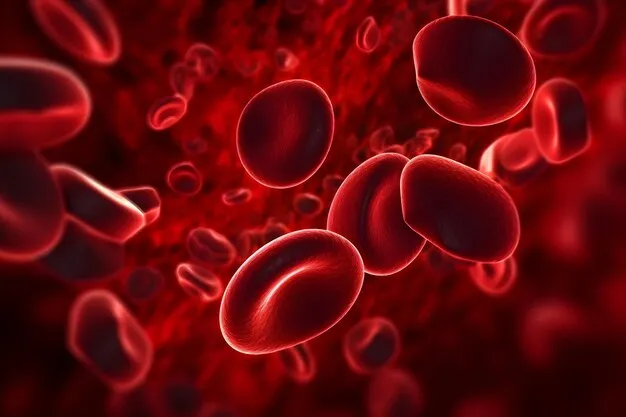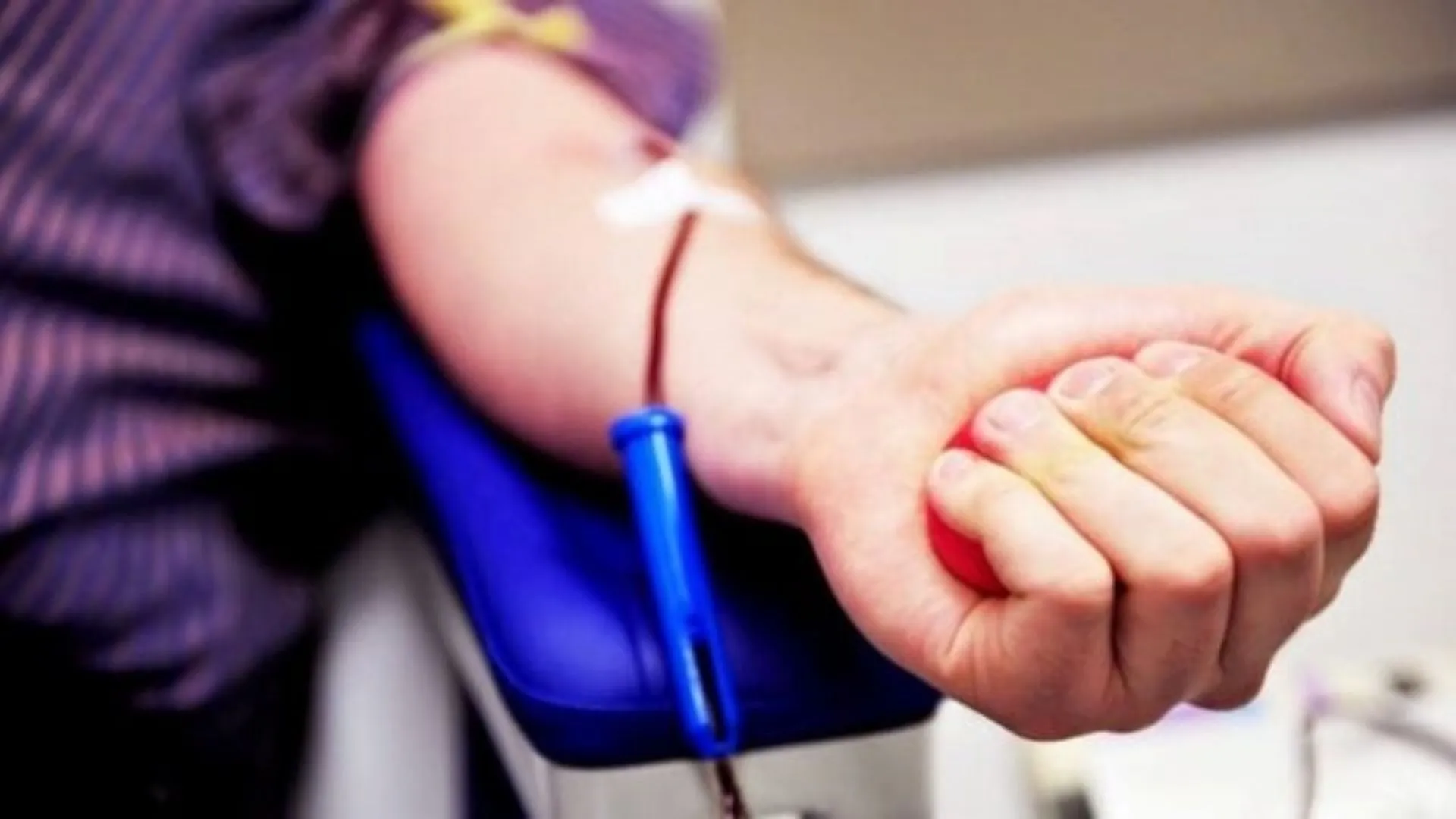A Breakthrough in Science: New Formula Predicts Oxygen Delivery Ability of Red Blood Cells
Oxygen is the lifeline of the human body, transported to tissues and organs by red blood cells (RBCs). Any impairment in this process can lead to severe health complications, such as anemia, respiratory disorders, or even organ failure. Recently, scientists have developed a groundbreaking formula to predict the oxygen delivery capacity of red blood cells with unprecedented accuracy. This innovation could transform how we diagnose and treat a variety of diseases, from chronic conditions like sickle cell anemia to acute injuries requiring immediate medical attention.
This article delves into the science behind this formula, its implications for medical science, the technology that makes it possible, and its potential applications in healthcare.
The Role of Red Blood Cells in Oxygen Transport
Red blood cells are the body’s oxygen carriers, responsible for transporting oxygen from the lungs to tissues and returning carbon dioxide for exhalation. Their functionality depends on hemoglobin, a protein within RBCs that binds oxygen molecules.
Key factors influencing oxygen delivery include:
- Hemoglobin Levels: The amount of hemoglobin in the blood directly affects oxygen-carrying capacity.
- Shape and Flexibility of RBCs: Properly shaped RBCs can travel through tiny capillaries, ensuring oxygen reaches all parts of the body.
- Blood Flow Dynamics: Efficient circulation supports oxygen transport.
Any disruption in these factors can compromise oxygen delivery, affecting overall health and performance.
Why Do We Need a New Formula?
Current methods to assess oxygen delivery often rely on indirect measurements, such as blood oxygen saturation levels, hemoglobin concentration, or arterial blood gas analysis. While these methods are useful, they have limitations:
- Incomplete Data: They don’t account for all variables affecting oxygen delivery, such as the deformability of RBCs or microvascular flow.
- Time-Consuming: Some tests require complex procedures, delaying diagnosis.
- Limited Predictive Power: These methods may fail to provide insights into future risks or subtle dysfunctions.
The new formula addresses these gaps, offering a more comprehensive and predictive approach to understanding RBC functionality.
How the Formula Works
This advanced formula incorporates several key physiological and biochemical parameters to calculate the oxygen delivery capacity of red blood cells. Here’s a closer look at its components:
1. Hemoglobin-Oxygen Binding Affinity
The formula evaluates how strongly oxygen binds to hemoglobin and how easily it is released in tissues. This is quantified using the oxygen dissociation curve, which shows the relationship between oxygen saturation and partial pressure.
2. RBC Shape and Deformability
The formula accounts for the morphology of RBCs, as abnormal shapes (e.g., in sickle cell anemia) can impede their movement through capillaries.
3. Blood Viscosity and Flow Dynamics
The flow of blood through vessels affects oxygen delivery. The formula integrates data on blood viscosity and the flow rate, providing insights into circulation efficiency.
4. Oxygen Extraction Ratio
This measures the proportion of oxygen delivered that is actually used by tissues, offering a direct indicator of oxygen delivery efficiency.
5. Tissue-Specific Oxygen Needs
The formula adapts to the oxygen requirements of specific tissues, such as muscles during exercise or the brain during cognitive activities.
Development of the Formula
The creation of this formula was made possible through the collaboration of interdisciplinary experts in hematology, bioengineering, and computational science. Here’s how the process unfolded:
1. Data Collection
Researchers gathered data from thousands of blood samples, analyzing variables such as hemoglobin levels, RBC shapes, and oxygen-binding properties.
2. Machine Learning Models
AI and machine learning algorithms were used to identify patterns and relationships among the variables, helping refine the formula.
3. Validation and Testing
The formula was tested on clinical data to ensure its accuracy and reliability. Studies showed that it could predict oxygen delivery capacity more effectively than traditional methods.
4. Integration with Diagnostic Tools
The formula was incorporated into diagnostic devices, allowing for real-time analysis of blood samples.
Applications in Healthcare
The ability to accurately predict the oxygen delivery capacity of RBCs has far-reaching implications for healthcare.
1. Anemia Management
Anemia affects millions of people worldwide, causing fatigue, weakness, and reduced productivity. The formula can help:
- Identify the severity of anemia.
- Guide treatment decisions, such as iron supplementation or blood transfusions.
- Monitor recovery and treatment efficacy.
2. Chronic Disease Monitoring
Conditions like diabetes, chronic kidney disease, and heart failure often involve impaired oxygen delivery. The formula can provide valuable insights into disease progression and treatment effectiveness.
3. Surgical and Critical Care
During surgery or in critical care settings, maintaining adequate oxygen delivery is essential. This formula can help anesthesiologists and intensivists monitor oxygen transport in real-time, reducing the risk of complications.
4. Athletic Performance Optimization
For athletes, oxygen delivery is crucial for endurance and performance. The formula can:
- Assess fitness levels.
- Optimize training regimens based on oxygen delivery capacity.
- Monitor the effects of altitude training or other interventions.
5. Early Detection of Disorders
The formula’s predictive capabilities can identify early signs of conditions like sickle cell anemia, thalassemia, or sepsis, enabling timely intervention.
Technological Integration
The new formula has been integrated into advanced diagnostic tools, including:
1. Point-of-Care Devices
Portable analyzers equipped with the formula can provide immediate results, making it easier for doctors to assess oxygen delivery in outpatient or emergency settings.
2. Wearable Technology
Future wearable devices may use this formula to continuously monitor oxygen delivery, offering real-time health insights.
3. AI-Powered Diagnostic Systems
Hospitals and labs are using AI platforms to process blood test data, leveraging the formula to enhance diagnostic accuracy.
Benefits of the New Formula
This innovative approach offers several advantages over traditional methods:
1. Comprehensive Analysis
The formula considers multiple variables, providing a holistic view of oxygen delivery.
2. Accuracy
By incorporating advanced algorithms, it minimizes errors and improves diagnostic precision.
3. Speed
Results are generated quickly, enabling faster decision-making.
4. Personalization
The formula adapts to individual patient needs, supporting personalized medicine.
5. Early Intervention
By identifying subtle dysfunctions, it facilitates early detection and treatment of diseases.
Challenges and Future Directions
Despite its potential, the formula faces some challenges:
1. Data Quality and Accessibility
High-quality data is essential for accurate predictions. Ensuring access to diverse datasets is critical.
2. Integration with Healthcare Systems
Adopting new technologies can be costly and require significant changes to existing workflows.
3. Ethical Concerns
The use of patient data raises privacy and security issues, necessitating robust safeguards.
4. Global Accessibility
Efforts are needed to make this technology available in low-resource settings.
Looking ahead, researchers aim to:
- Refine the formula for greater accuracy.
- Develop portable and affordable diagnostic tools.
- Expand applications to other areas of medicine, such as cancer diagnosis or aging research.
The new formula for predicting the oxygen delivery capacity of red blood cells represents a significant leap forward in medical science. By combining advanced computational techniques with clinical insights, it offers a powerful tool for diagnosing and managing a wide range of health conditions. While challenges remain, the potential benefits for patient care are immense, paving the way for a future where precision medicine becomes the standard.









